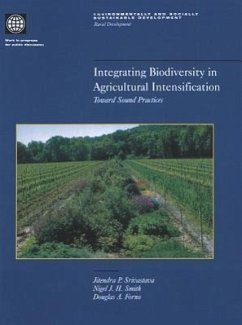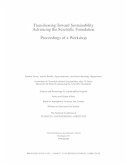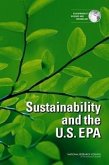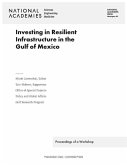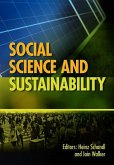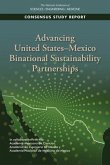'Southeastern Nigeria has some of the highest population densities in Sub-Saharan Africa and one of the most threatened ecosystems on the continent: the rainforests of West Africa. As population pressure has mounted, fallow periods have declined... Instead of doggedly pursuing old strategies, farmers shifted their agricultural practices in the face of mounting population pressures. Farmers have intensified their traditional bush-fallow cultivation system by adopting several strategies...' What agrobiodiversity is, what it does, and its importance to the environment and agriculture form the bases of discussion in this volume. Agrobiodiversity is defined as biological resources that directly and indirectly contribute to crop and livestock production. With the need to increase food production and to concurrently protect the environment a worldwide priority, agrobiodiversity is arguably the single most important natural resource. It is key to transforming agricultural systems that are currently wreaking havoc on wildlife and human health. This report highlights case studies in which modern and traditional agriculture has successfully transformed to enhance biodiversity without sacrificing yield. Lessons learned from this review help to identify sound practices for designing and monitoring agricultural projects so that they improve rural incomes while safeguarding environmental assets, particularly biodiversity. Suggestions for sound practices include modifications of the policy environment and ways to strengthen research institutions and extension services so that agriculture can be intensified while better protecting and managing biological resources.

